India stands as a titan in the world of textiles, producing a dazzling array of fabrics suited for every occasion and purpose. Among the many fabrics, some reign supreme due to their adaptability, heritage, and ecological significance. With a country as climatologically diverse as India, the preference for certain fabrics over others is a fascinating topic.
The climate, cultural occasions, and lifestyle needs play a significant role in determining fabric choices across the nation. From the crisp cottons of summer to the rich silks of weddings, each fabric tells a tale of its roots and journey. As sustainability becomes a crucial concern, newer eco-friendly options are carving their niche in this ever-evolving domain.
Navigating through India's textile market uncovers stories woven in threads, presenting a tapestry of tradition and modernity. Let's delve into the most favored fabrics that make India's textile industry vibrant and ever-thriving.
- Cotton: The Staple of India's Fabric Industry
- Silk: Luxurious Weaves and Heritage
- Synthetic Fibers: Modern Solutions for Everyday Wear
- Sustainable Fabrics: The Future of Ethical Fashion
Cotton: The Staple of India's Fabric Industry
Cotton is undoubtedly the cornerstone of the textile industry in India, forming the backbone of what has become one of the largest fabric markets worldwide. Known for its breathability and comfort, cotton is ideally suited to India's warm climate, making it a permanent fixture in fashion since ancient times. From sprawling fields in Punjab to farms in Gujarat, this fabric is not just important economically but also culturally; it represents both livelihood and legacy. As India is one of the largest cotton producers, the emphasis has always been on quality and quantity, driving innovation and skill over centuries.
The intrinsic properties of cotton—its ability to absorb and release perspiration quickly, its durability, and its versatility—have made it a favorite in both traditional and contemporary attire. No wonder it's a staple in everyone's wardrobe, present in everything from sarees to daily wear. The demand for cotton fabric experiences its share of seasonal fluctuations, often surging during the summer owing to its cooling properties. As designers increasingly embrace organic and sustainable fashion, organically grown cotton has seen a rise in demand, assertively emerging as a viable alternative in today’s environmentally conscious market.
C.K. Kothari, a leading textile analyst, says, “Cotton isn't merely a fabric in India; it's a part of the soul. Its prominence in daily life and rituals isn't just tradition. It's rooted in genuine comfort and human experience.”
The Indian textile market sees a diversified range of cotton products, thanks to modern processing techniques that have improved its already desirable properties. Whether hand-woven or developed in massive power looms, the characteristics remain enchanting. It's noteworthy to mention khadi, a hand-spun and handwoven cotton cloth, popularized by Mahatma Gandhi, that signifies India's self-reliance during the struggle for independence—a fabric that still resonates deeply with Indian identity.
Here's a spectacular glimpse into the geographical spread and production of cotton in India:
| State | Production (in million bales) |
|---|---|
| Maharashtra | 8.1 |
| Gujarat | 11 |
| Andhra Pradesh | 5.6 |
| Punjab | 1.3 |
The economic value of cotton to India's trade cannot be overstated. Beyond clothing, it's pivotal for producing textiles goods such as bedspread, towels, and even industrial products. The social fabric relies heavily on labor associated with cotton production, weaving, and dyeing industries. As we move forward, a focus on better yields, sustainable practices, and technological innovation could further cement cotton's role as the reigning champion of Indian fabrics.
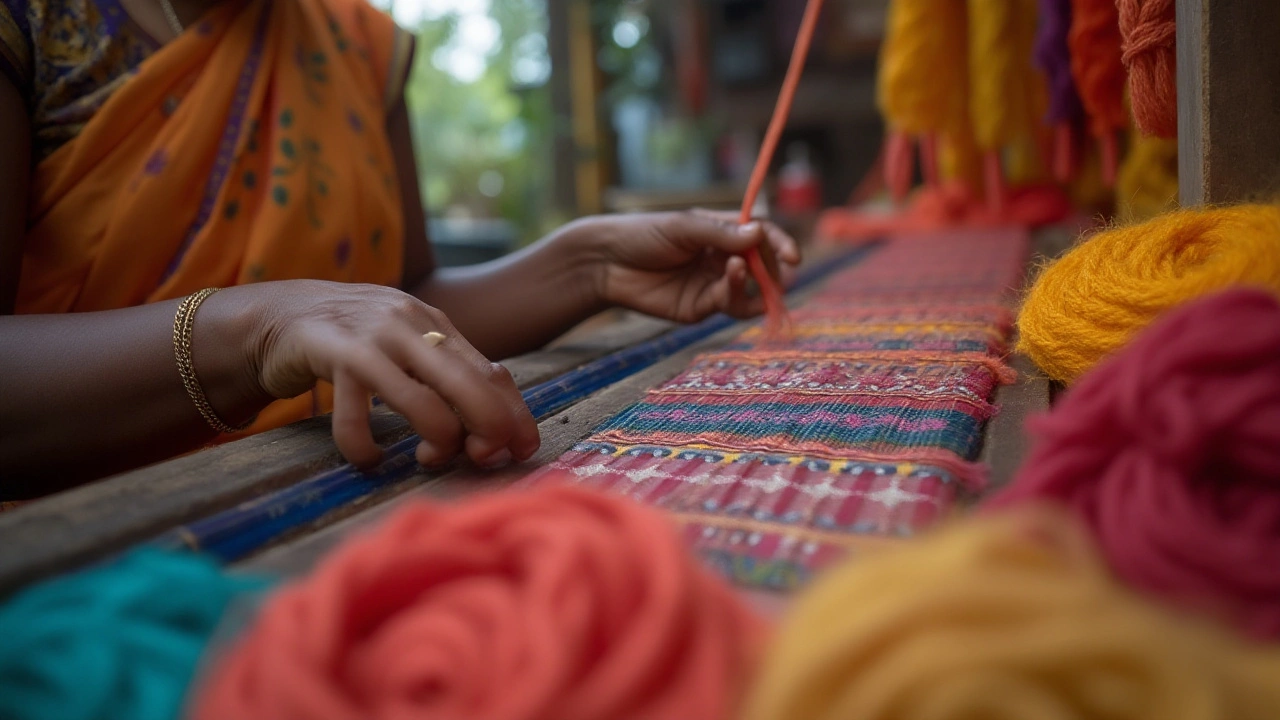
Silk: Luxurious Weaves and Heritage
When one thinks of luxury in the fabric world, silk inevitably comes to mind. Known for its smooth texture and shimmering appearance, silk has been a staple in India's textiles for thousands of years. The journey of silk in India has enchanted many throughout history, from royal courts to modern-day fashion lines. Its demand continues to rise, with people seeking out its unique blend of comfort and grandeur. The country is renowned for its distinctive silk varieties like Mysore, Banarasi, and Kanchipuram, each carrying a legacy that adds depth to Indian cultural and textile heritage.
Historically, silk production in India dates back to the Indus Valley Civilization, with archaeological evidence supporting the age-old practice. Over the centuries, the skill of silk weaving flourished under the patronage of various empires and rulers, leading to the vibrant tapestry of styles we see today. Artisans often pass down their expertise from generation to generation, maintaining a delicate balance between preserving tradition and innovating designs. This makes Indian silk a cultural heritage, cherished both domestically and internationally. Buyers often seek Indian silk for its intricate weaves and quality – despite the higher cost associated with this luxury fabric. According to the Central Silk Board, India is the second-largest producer of silk, contributing to about 35% of global silk production.
"India's prowess in silk weaving is unmatched, showcasing a diversity in style that is hard to find elsewhere," said Ritu Kumar, a celebrated fashion designer known for her work with Indian textiles.
One cannot overlook the significant economic impact of silk, particularly in rural India, where sericulture - the cultivation of silkworms to produce silk - serves as a vital source of livelihood. This not only supports farmers but also encourages eco-friendly practices, as silk farming requires minimal chemical usage compared to other textiles. Silk's versatility also contributes to its popularity. It is used in everything from traditional garments like saris and turbans to contemporary pieces such as ties and scarves. Its ability to absorb dye makes it a canvas for vibrant hues and patterns that signify cultural stories and local artistry. For instance, Banarasi silk sarees are admired for their opulent embroidery and gold brocade, traditional yet trendy for weddings and festive occasions.
As the fashion industry pushes towards sustainability, silk has emerged as a promising candidate, with environmentally-conscious consumers eager to invest in long-lasting and biodegradable options. The elegance and craftsmanship associated with Indian silk resonate strongly in markets across the globe. Whether it’s the elegance of a Varanasi woven Banarasi saree or a Mysore silk's lightweight drape, silk garments have a timeless appeal. Consumers who buy these items value the detailed attention and the story behind each piece crafted by skilled hands, ensuring silk remains a staple, woven into the fabric of India's illustrious textile history.
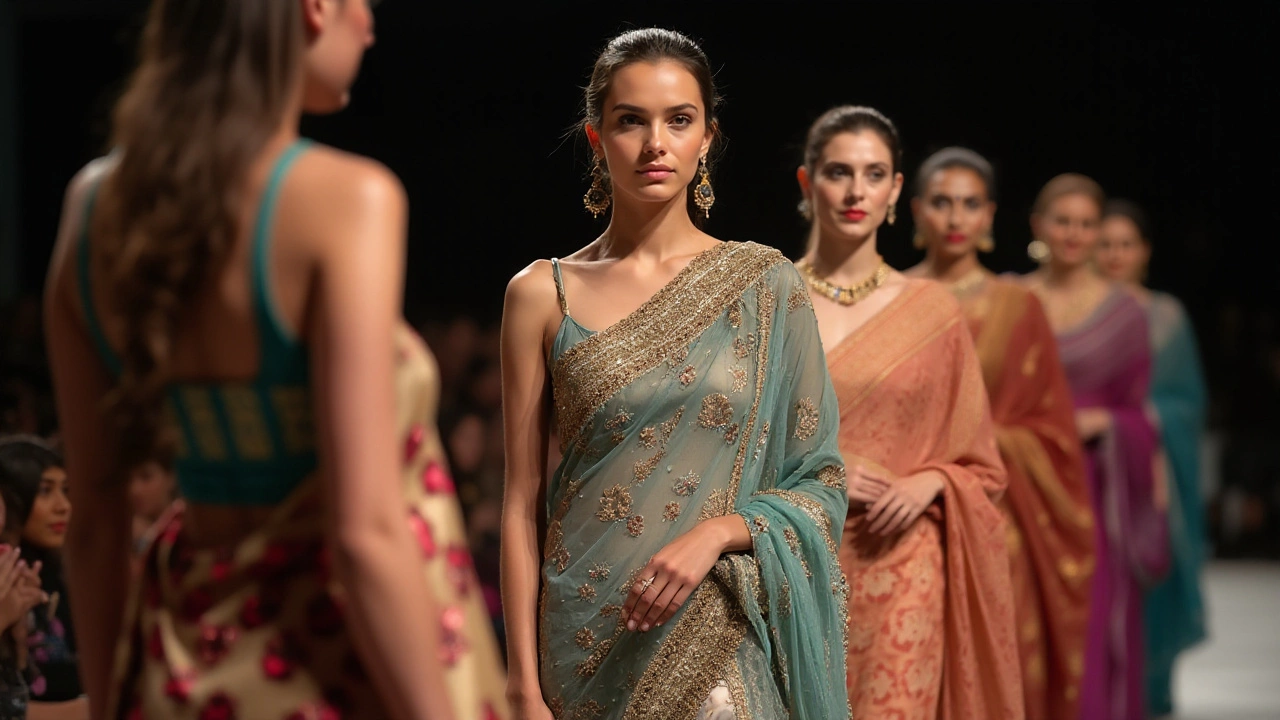
Synthetic Fibers: Modern Solutions for Everyday Wear
In the bustling world of textile manufacturing, synthetic fibers have carved a niche as indispensable materials for everyday wear in India. They're celebrated for their ability to combine durability with affordability, a factor that has transformed them into a modern-day solution for many consumers. Over the years, synthetic fibers such as polyester, nylon, and acrylic have become favored choices due to their ability to be crafted into a variety of textile products, supporting both high fashion and daily essentials. From clothes to home decor, synthetic fibers are renowned for blending function with style, meeting diverse needs varying from sports gear to elegant evening wear.
Synthetics are engineered to withstand wear and tear, often outlasting their natural counterparts. For those on the go, wrinkle-resistant properties of materials like polyester provide a practical advantage. In fact, many athletes and active individuals choose synthetic blends due to their moisture-wicking capabilities and stretchability that offer ease of movement. Designers and manufacturers have continually pushed the envelope, leveraging innovative techniques to enhance the performance and aesthetic appeal of synthetic fibers. This balance of functionality and versatility renders synthetics a staple in wardrobes worldwide, not just in India.
"The synthetic fiber industry has spearheaded the movement toward fast fashion, providing affordable clothing options without compromising on quality." - Textile Magazine
In the midst of debates surrounding sustainability, synthetic fibers spark both curiosity and concern. It stands as the most pressing discussion point in the textile industry. With an evolving focus on eco-friendly practices, manufacturers are working on creating blends that incorporate recycled materials, thus reducing environmental impact. The introduction of biodegradable synthetics marks a promising development, opening new avenues for reducing textile waste. Notably, many Indian textile manufacturers are keen on integrating sustainability into their practices, showcasing the country's potential for pioneering solutions in addressing textile waste.
The impact of synthetics extends far beyond mere utility. In 2020, a staggering 63% of the fibers produced globally were synthetic, illustrating their commanding presence in the textile market. The growth is reflective of the global demand for accessible fashion options catering to various tastes and preferences. Below is a simple comparison of fiber production statistics from sources in the fabric industry, showing just how dominant synthetic materials have become:
| Fiber Type | Global Production (Million Tons) |
|---|---|
| Polyester | 56.2 |
| Cotton | 25.8 |
| Wool | 1.1 |
Attachment to traditional textiles remains strong, but the modern-day convenience offered by synthetics is undeniable, sealing its position in the future fabric landscape. Whether one seeks comfort, innovation, or sustainability, the world of synthetic fibers continues to evolve, promising new textures, colors, and functionalities that cater to an ever-changing fashion scene and lifestyle demands. While the journey is not free from challenges, the expanding synthetic domain provides a glimpse into a future that boasts of inventive patterns of modern-day textile marvels.
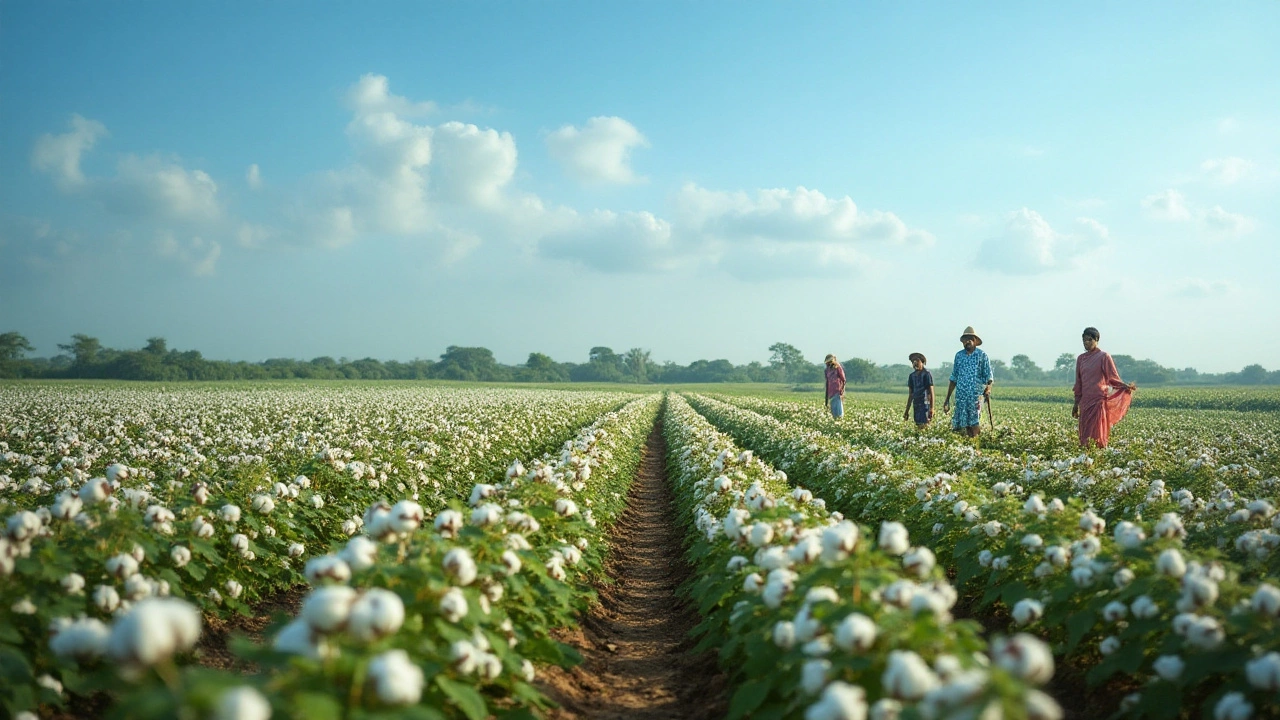
Sustainable Fabrics: The Future of Ethical Fashion
Sustainable fabrics are no longer merely a trend; they are instrumental in reshaping India’s textile industry to be more environmentally conscious and socially responsible. Traditional fabrics like cotton and silk are getting modern touches with sustainable cultivation and production processes, boosting their appeal not just within India, but globally. The young and vibrant Indian market is leading in the adoption of greener textiles, backed by increasing environmental awareness among consumers who seek ethical value in their purchases. Significant strides have been made in developing fabrics from natural sources like bamboo, hemp, and jute, offering lucrative alternatives to conventional textiles.
The demand for sustainable textiles can be seen in the burgeoning innovations that Indian manufacturers are investing in. Organic cotton, grown without harmful pesticides, is rapidly climbing the charts of popularity due to its breathable nature and soft texture. Meanwhile, the fashion industry is witnessing an influx of fabric made from recycled materials, such as PET bottles turned into soft synthetic fibers. This transformation aligns with the global movement towards reducing waste and minimizing carbon footprints. According to sustainable business watchdog Textile Exchange, the global preference for sustainable fabrics is expected to surge by over 30% by 2030, largely driven by efforts spearheaded in nations like India.
The Textile Association (India) asserts, "The shift towards sustainable textiles is inevitable and necessary. Indian manufacturers are at the forefront, spearheading an ethical revolution in the garment sector."Adaptive measures have also been put in place, like the use of natural dyes which replaces harmful chemical treatments often associated with textile production. Designers are playing a critical role by creating aesthetic patterns with plant-based dyes, which are not only non-toxic but also boost the longevity of garments. This progress underscores a deeper engagement with eco-friendly and ethical manufacturing practices that doesn't compromise the rich heritage of Indian textiles.
As awareness grows, challenges like the cost of production and market accessibility surrounding sustainable fabrics are being actively addressed. The government’s initiatives to provide incentives to farmers who opt for organic and sustainable farming are also noteworthy. Programs designed to facilitate training in using synthetic fibers responsibly, and alternative fabric production techniques are pivotal. Future projections suggest that these efforts will not only help sustain the environment but also bolster India’s economy by opening new markets and job opportunities for local artisans and craftspeople.
The riveting journey of sustainable fabrics in India is a testament to the enduring legacy and adaptability of the textile industry. As traditions blend seamlessly with innovation, a new chapter of responsible fashion is on the horizon. It's a call to action for manufacturers, designers, and consumers alike to embrace this change towards a cleaner, greener planet through the clothes they produce and choose to wear. By prioritizing sustainable Indian textiles, the industry not only meets the needs of today but also preserves the artisanal skills and resources that are vital for tomorrow's generation.


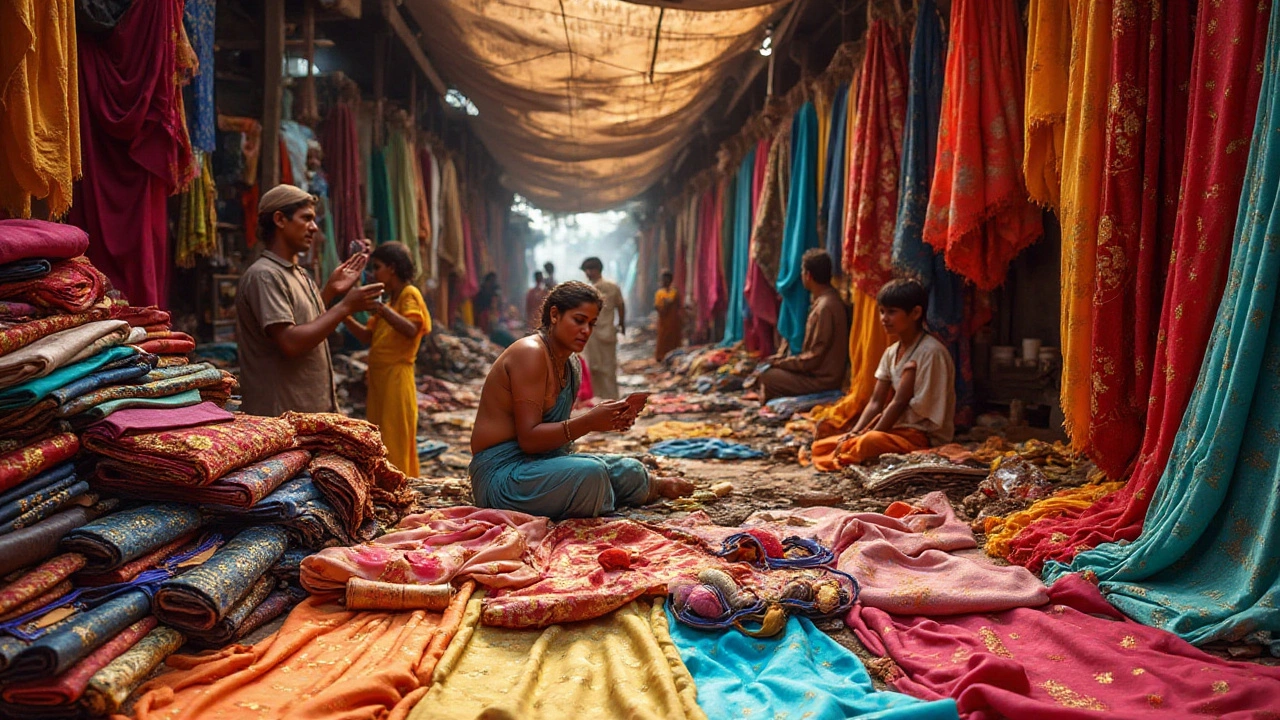

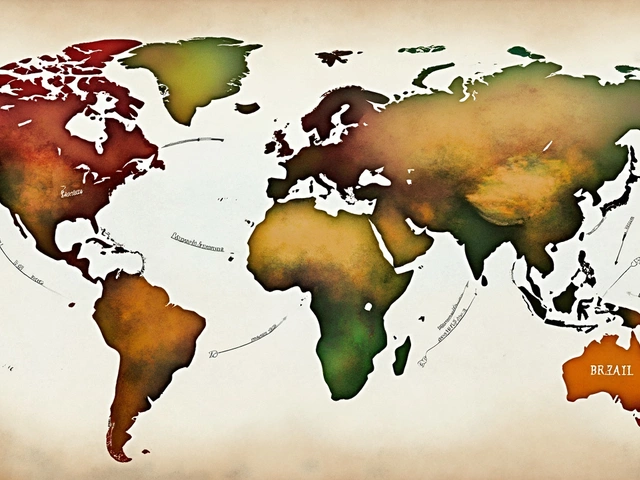





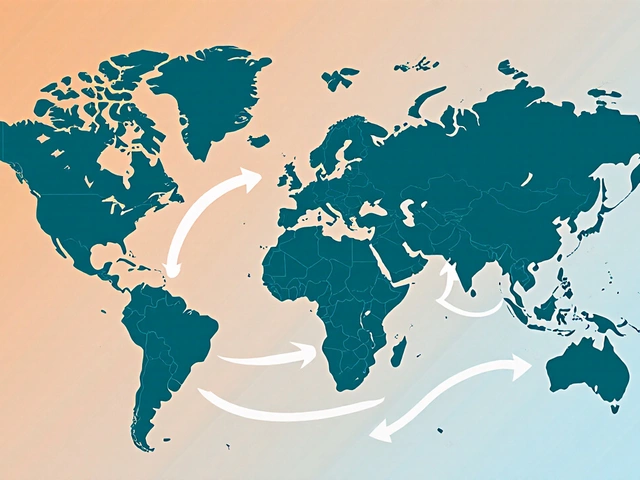
Write a comment